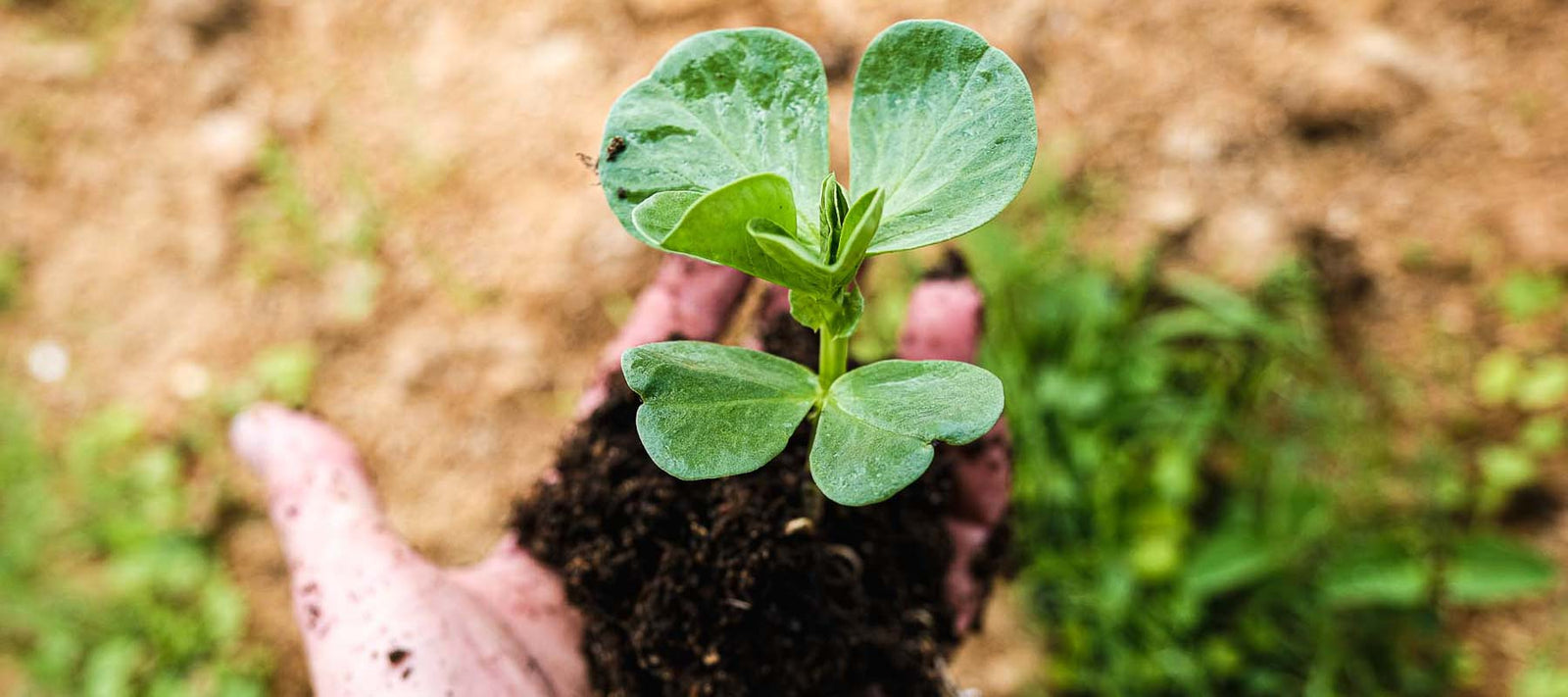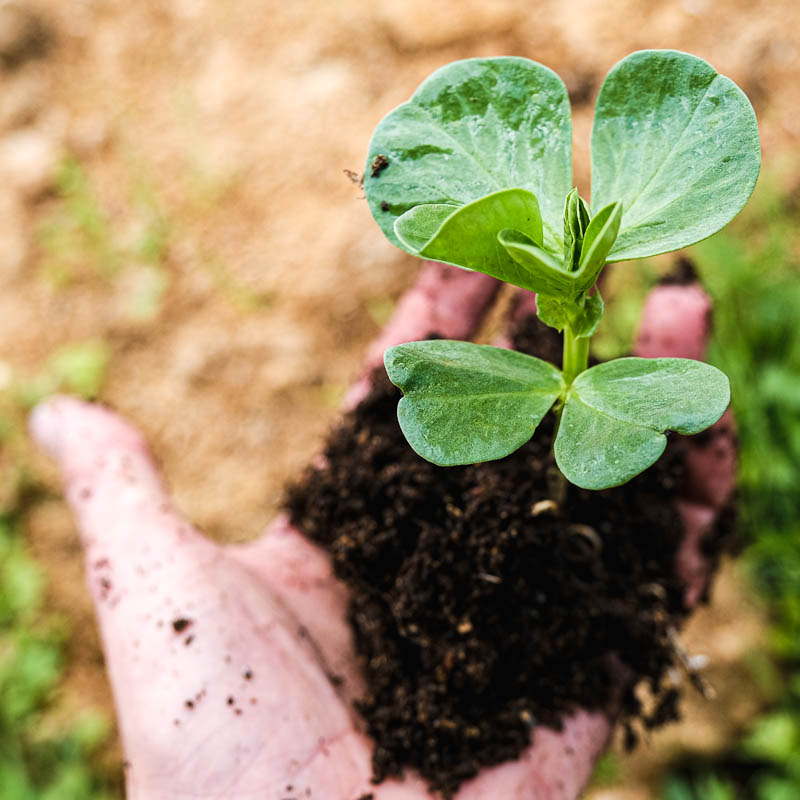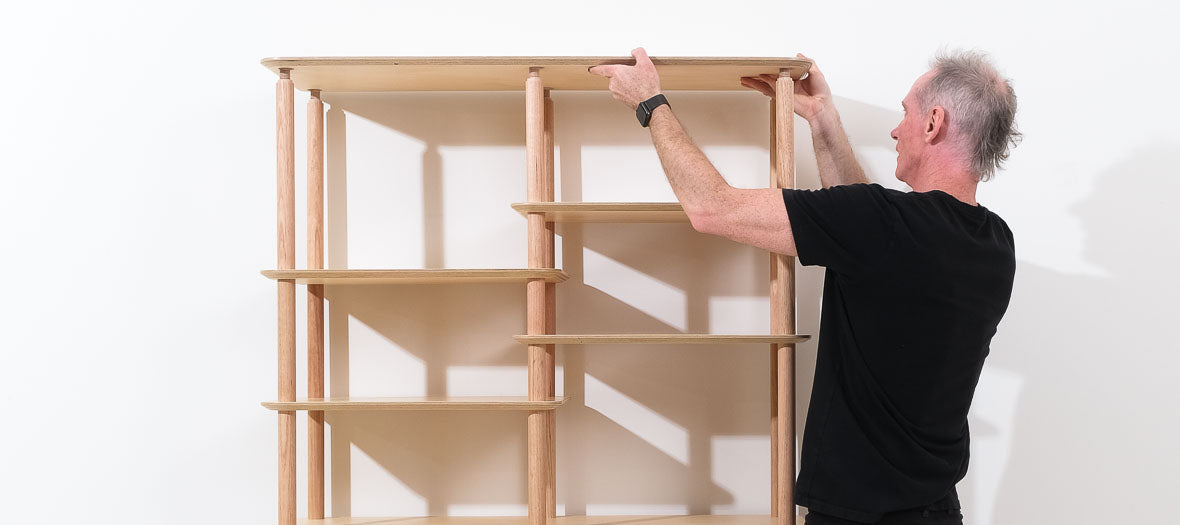
"The tests revealed we were indeed able to produce a good quality compost suitable for a variety of uses including ornamental gardens. We have a little work to do with zinc and copper levels, which only limit the compost in its application in high yield vegetable gardens used for daily consumption."
We believe in a consistency of care across all our operations – from our approach to design, to our choice of materials, to the broader journey of when something comes into our possession until after it goes on to a new life or even discarded as waste. We see this commitment to process as a form of value in our intentions and actions.
A recent effort in this area is our experiments with compost, using the ‘waste’ sawdust and residual materials created from making our furniture in the workshop. We extract these particles and pieces, capturing them for their potential onward use – and because we care about consequence. Plywood sawdust was the biggest proportion of what we were sending to landfill. At our Castlemaine site we have a dedicated composting zone on our eastern boundary where we mix this ‘timber waste’ with ‘green waste’ in experiments to find the best way to produce high-quality, productive compost from otherwise discarded by-product. Green waste is added from the staff kitchen, cooking scraps from home, and from gardening and weeding the site around the workshop. Mycelium is introduced to the mix in order to aid in breaking down compounds.
After several months of decomposing and playing with proportions and ratios, we commissioned SESL Australia – a leading environmental science laboratory and consultancy service – to assess the outcome of our efforts. The specialist horticultural and environmental team reviewed the compost performance and tested the chemical and physical characteristics against national compliance standards. And we are thrilled with the results of our first attempt.
One of our main interests was ensuring the safe break down of the adhesives used in plywoods – particularly formaldehyde-based glues. Our hope was that the fungi and bacteria would work its magic and consume, digest and then churn these chemicals into something safe for the environment and, ultimately, for productive use.
The tests revealed we were indeed able to produce a good quality compost suitable for a variety of uses including ornamental gardens. We have a little work to do with zinc and copper levels, which only limit the compost in its application in high yield vegetable gardens used for daily consumption. But because these macro nutrients are commonly used in fertilisers, and the levels detected only marginally above standard, it may be that they were introduced via our green waste contribution rather than workshop waste from timbers and other residue. The overall quality of the compost was sufficient for a variety of practical uses, but we will continue to refine our methods in order to improve the quality to the highest level we can attain.
Our intention is to consider our role as part of a networked community, and to produce something viable from what is normally considered waste. Something that contributes back in positive ways. We are open to partnering with others, perhaps a high green waste organisation to match the proportions of our timber waste, bringing together the two ingredients to create a viable volume at scale. Or we may look at ways of improving the soil quality of our own site in Castlemaine, improving gardens, green zones and shading. The result of this experiment in composting demonstrates the possibilities of considering all the facets of our work and its consequences.
If you would like to be involved or would like a copy of the report please contact us, we'd love to hear form you!





Jason
March 27, 2025
Hey I would love to read this report as I am trying to find a sustainable way to use plywood waste from my flooring company.
Thanks,
Jason